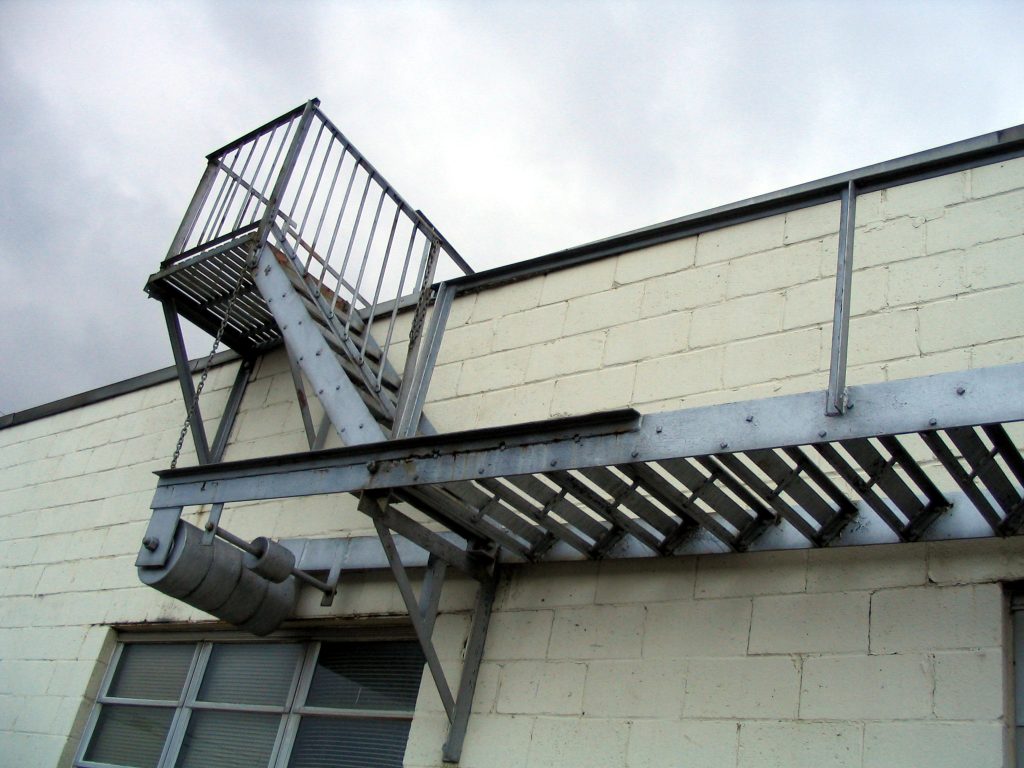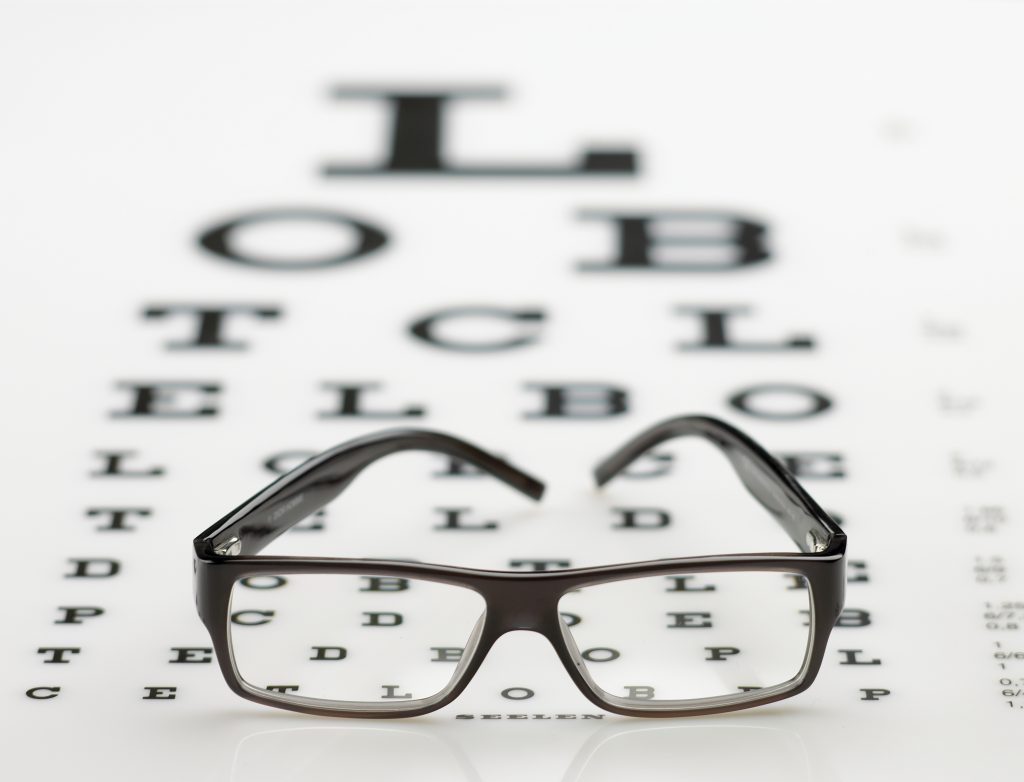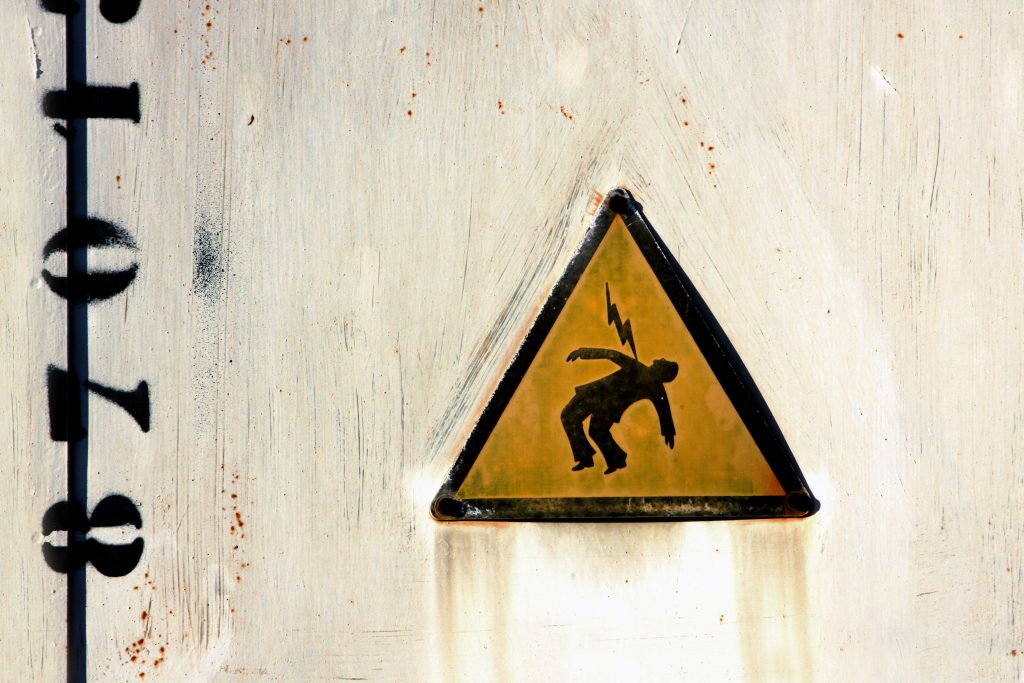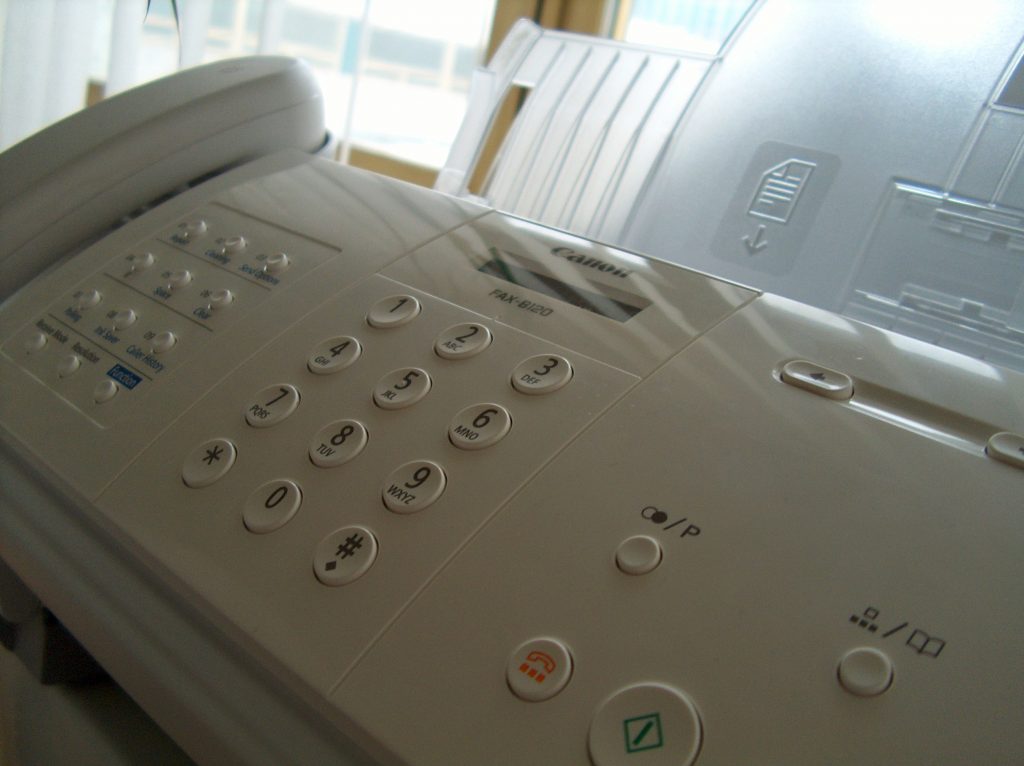 In Louisiana, the Workers’ Compensation Act allows injured employees to recover workers’ compensation benefits from their employer. This act establishes a medical treatment schedule and procedure under which an injured employee can request authorization for medical treatment from his or her employer. A recent decision of the Louisiana Third Circuit Court of Appeal discusses these specific procedures, and how injured employees may appeal denials of requests for medical procedures.
In Louisiana, the Workers’ Compensation Act allows injured employees to recover workers’ compensation benefits from their employer. This act establishes a medical treatment schedule and procedure under which an injured employee can request authorization for medical treatment from his or her employer. A recent decision of the Louisiana Third Circuit Court of Appeal discusses these specific procedures, and how injured employees may appeal denials of requests for medical procedures.
Jacquenette Guidry, a registered nurse, injured herself on her job at American Legion Hospital. Her orthopedic surgeon, Dr. Mark McDonnell, submitted a Form 1009 Disputed Claim for Medical Treatment seeking approval from the Office of Workers’ Compensation Medical Director to perform a lumbar surgical procedure Guidry. The Medical Director, denied the requested procedure in a Medical Guidelines Dispute Decision (“MGD”). The MGD stated that the documents presented by Dr. McDonnell did not support approval of the requested services. Specifically, the clinical findings, natural history of the disease, and diagnostic tests did not support the requested services.
Mr. Guidry appealed the Medical Director’s decision to the Office of Workers’ Compensation, putting forward a Form 1008 with an addendum outlining the reasons why the denial was erroneous. After a hearing, the Workers’ Compensation Judge (“WCJ”) held that there was clear and convincing evidence that the Medical Director erroneously denied Mr. Guidry’s request by failing to consider the guidelines under which the request was made. The WCJ overturned the Medical Director’s decision and approved the requested procedure.
 Louisiana Personal Injury Lawyer Blog
Louisiana Personal Injury Lawyer Blog


 Many workers in Louisiana are exposed to dangers on the job. An injury that occurs during the scope of employment often leads to more problems than just the physical turmoil following the injury. An employee might be denied payment for medical expenses, may face mental and emotional anguish, or could be rendered permanently unable to work. In order to have
Many workers in Louisiana are exposed to dangers on the job. An injury that occurs during the scope of employment often leads to more problems than just the physical turmoil following the injury. An employee might be denied payment for medical expenses, may face mental and emotional anguish, or could be rendered permanently unable to work. In order to have  Car accidents happen all the time in Louisiana, but not all accidents cause injuries. Unfortunately, that wasn’t the case in Tangipahoa Parish, Louisiana, when Joseph Lohenis found himself rear-ended on Highway 1249 by a vehicle owned by Tammy Rousse. Lohenis’ son was driving the car and Lohenis’ wife was in the passenger seat. Lohenis himself was sitting in the back seat of the car, wearing a lap seat belt. The rear-end collision caused Lohenis’ body to move forward and hit the console, and then move backward, where the back of his head and neck hit the truck’s back glass window.
Car accidents happen all the time in Louisiana, but not all accidents cause injuries. Unfortunately, that wasn’t the case in Tangipahoa Parish, Louisiana, when Joseph Lohenis found himself rear-ended on Highway 1249 by a vehicle owned by Tammy Rousse. Lohenis’ son was driving the car and Lohenis’ wife was in the passenger seat. Lohenis himself was sitting in the back seat of the car, wearing a lap seat belt. The rear-end collision caused Lohenis’ body to move forward and hit the console, and then move backward, where the back of his head and neck hit the truck’s back glass window. When an employee is injured on the job, he or she may be entitled to workers’ compensation benefits. However, if an employer can show that the employee intentionally lied to receive extra reimbursement for a workers’ compensation claim, the employer will not have to pay any benefits that it would otherwise owe to that employee. A recent case out of Hammond, Louisiana, discusses the standard used in determining whether an employee intentionally committed fraud when filing for mileage reimbursements.
When an employee is injured on the job, he or she may be entitled to workers’ compensation benefits. However, if an employer can show that the employee intentionally lied to receive extra reimbursement for a workers’ compensation claim, the employer will not have to pay any benefits that it would otherwise owe to that employee. A recent case out of Hammond, Louisiana, discusses the standard used in determining whether an employee intentionally committed fraud when filing for mileage reimbursements. There are rules involved in the evidence that a court can allow into a case, even when the case revolves around something as small as a bed bug. If a party believes that the rules have been violated, they can appeal the case and have a higher court review the evidence to make sure nothing inappropriate had an effect on the case.
There are rules involved in the evidence that a court can allow into a case, even when the case revolves around something as small as a bed bug. If a party believes that the rules have been violated, they can appeal the case and have a higher court review the evidence to make sure nothing inappropriate had an effect on the case.  Don’t get burned by worker’s compensation failing to pay for your injury. Make sure that you understand what your rights are whenever you file a worker’s compensation claim. Clinton Miley, a firefighter with the Bogalusa Fire Department, suffered from paroxysmal supraventricular tachycardia (PSVT) after 19 years on the job. He looked to a Louisiana law known as the Firefighters Heart and Lung Statute to prove that his injuries were caused by his job as a firefighter.
Don’t get burned by worker’s compensation failing to pay for your injury. Make sure that you understand what your rights are whenever you file a worker’s compensation claim. Clinton Miley, a firefighter with the Bogalusa Fire Department, suffered from paroxysmal supraventricular tachycardia (PSVT) after 19 years on the job. He looked to a Louisiana law known as the Firefighters Heart and Lung Statute to prove that his injuries were caused by his job as a firefighter. Car accidents are scary. When individuals make the choice to take on a personal injury lawsuit there is a lot of time that goes into those cases. After expending all that time and emotional energy, people want to feel like the verdict they received was fair, or at the very least compensates them for the injuries they incurred. The jury’s job is to listen to all the facts, be instructed on the law and make a decision. Many people think that once a jury renders a decision, that it is final. However, in some cases an individual can appeal to a higher court if they felt as though the jury award of damages was abusively low. That is exactly what a woman in the Parish of Lafayette, Louisiana did and it worked, partly.
Car accidents are scary. When individuals make the choice to take on a personal injury lawsuit there is a lot of time that goes into those cases. After expending all that time and emotional energy, people want to feel like the verdict they received was fair, or at the very least compensates them for the injuries they incurred. The jury’s job is to listen to all the facts, be instructed on the law and make a decision. Many people think that once a jury renders a decision, that it is final. However, in some cases an individual can appeal to a higher court if they felt as though the jury award of damages was abusively low. That is exactly what a woman in the Parish of Lafayette, Louisiana did and it worked, partly. Following proper procedure is critical when it comes to preserving your legal rights. While some rules might seem a bit harsh the best lawyers know the rules and will make sure you do not lose your case simply because you did not dot your I’s and cross your T’s. The following case out of Rapides Parish demonstrates what can happen when a fax filed lawsuit is not followed up with the mailed petition in the proper time.
Following proper procedure is critical when it comes to preserving your legal rights. While some rules might seem a bit harsh the best lawyers know the rules and will make sure you do not lose your case simply because you did not dot your I’s and cross your T’s. The following case out of Rapides Parish demonstrates what can happen when a fax filed lawsuit is not followed up with the mailed petition in the proper time.  It’s common sense that self defense class instructors should teach the students how to defend themselves and not inflict pain or broken bones while instructing. However some instructors can go overboard while trying to “teach” these skills. The following case out of Lafourche Parish highlights what can go wrong when simulations in a self defense course get a bit too real for one participant causing her a broken arm and other damages.
It’s common sense that self defense class instructors should teach the students how to defend themselves and not inflict pain or broken bones while instructing. However some instructors can go overboard while trying to “teach” these skills. The following case out of Lafourche Parish highlights what can go wrong when simulations in a self defense course get a bit too real for one participant causing her a broken arm and other damages. Sometimes you have a run of bad luck. If your injured on the job then not long after you get into a car wreck it can be hard to pinpoint which incident caused your injuries. If you are unfortunate enough to be involved in this scenario make sure you have the best workers compensation lawyer you can get to help the court understand your work related injuries. The following case out of Metairie, Louisiana shows how one recent appeals court dealt with just such a factual scenario.
Sometimes you have a run of bad luck. If your injured on the job then not long after you get into a car wreck it can be hard to pinpoint which incident caused your injuries. If you are unfortunate enough to be involved in this scenario make sure you have the best workers compensation lawyer you can get to help the court understand your work related injuries. The following case out of Metairie, Louisiana shows how one recent appeals court dealt with just such a factual scenario.